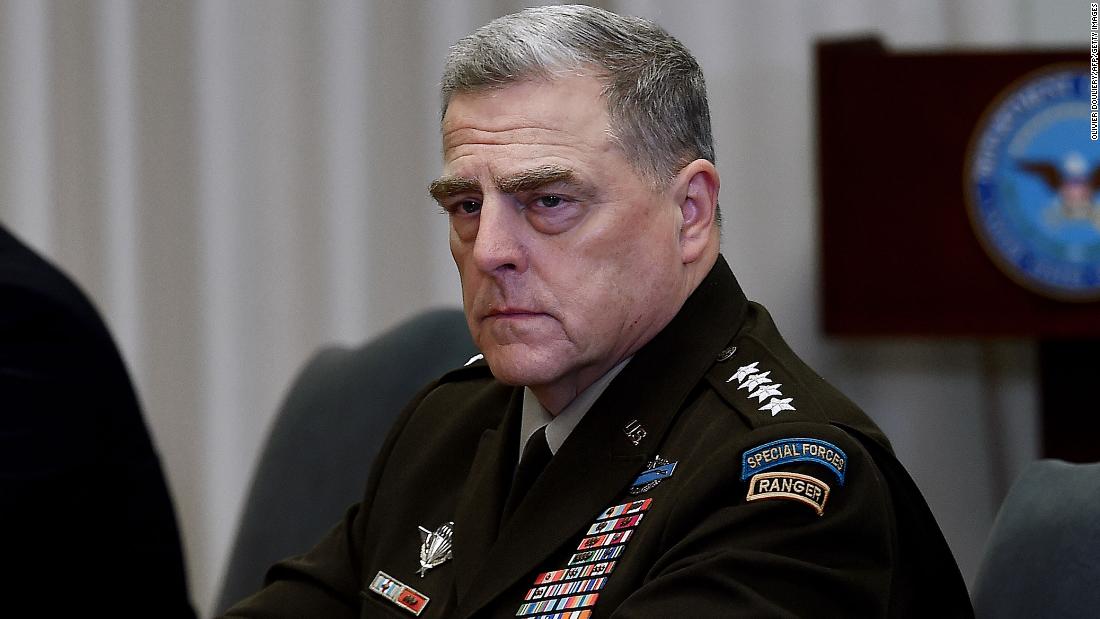Given this, it is a reminder to troops around the world. The message: “We support and defend the Constitution. Any act that disturbs the constitutional process is not only against our traditions, values and oath, it is against the law ”.
But the chiefs knew very well that the memo would be read worldwide, say several defense officials. They had a lot to say and each word was carefully selected. The chiefs are not partisans, but have an antenna tuned to the political climate. They know when it’s time to speak, as they did after the racial riots last year. And they knew that this memo would put them in conflict with Trump days before he stepped down as commander in chief.
On Tuesday, Trump defended his comments that inspired his supporters to march and revolt on Capitol Hill. But the chiefs took a stand calling the rioters, saying that “the rights to freedom of speech and assembly do not give anyone the right to resort to violence, sedition and insurrection” – a statement that their commander in chief refused to make.
The memo also made the critical point that “the US military will obey legal orders” from the civilian leadership. This may be the most important line to remember. Combat chiefs and commanders around the world have thought about what they would do if Trump issued an illegal order, and the answer is simple: they would not follow it, according to several Pentagon officials familiar with his thinking.
All US troops are trained to follow legal orders only. But in this charged environment, no one will speak openly about how the bosses would reject an illegal order in the still unlikely case of Trump issuing it. But within senior military circles, this is well understood. To be legal, a military action order must have a valid target, must be moral and ethical, and must use proportional force.
Commanders simply do not launch nuclear attacks, bombs and missiles or send troops into danger without a valid reason for military action. Presidential orders have several layers of legal review to ensure that commanders can carry out those orders.
But if an order is illegal, what happens? Pentagon lawyers and leadership explain to the president why the order is not legal. If the president still does not give up, there is no choice. Commanders must resign. The law prohibits them from executing illegal orders.
In issuing its statement, the Joint Chiefs made it clear both privately and publicly what is at stake. But what is disturbing is that no one knows if the president is listening.
